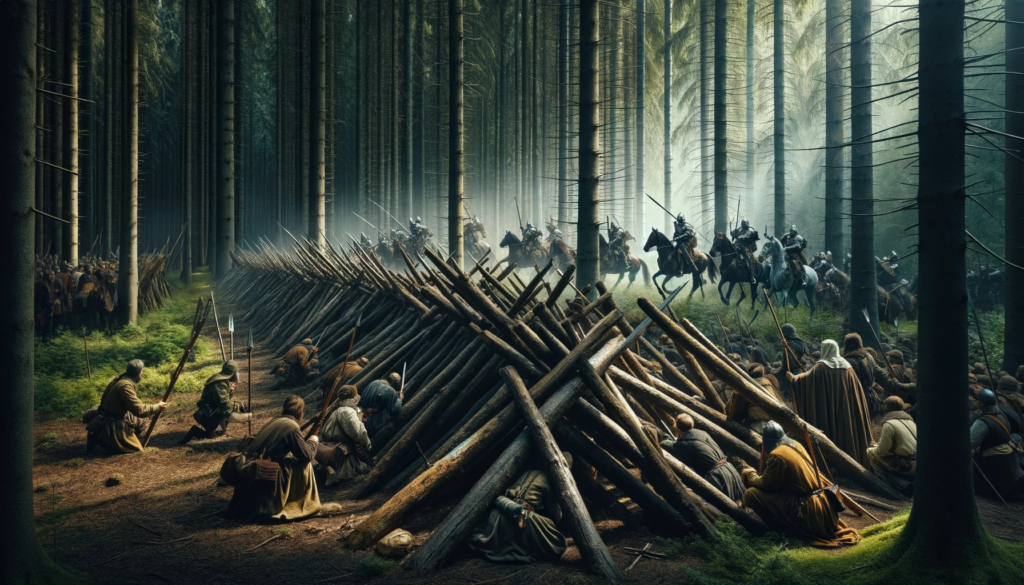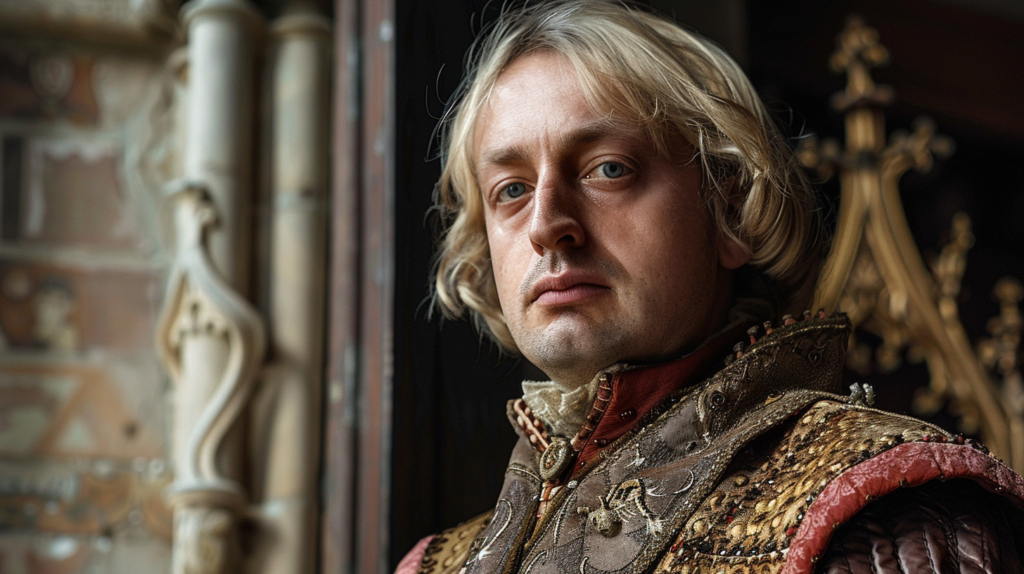Engelbrekt, the leader of the rebellion, was dead.
With his death, the fragile unity amongst the rebel leaders was gone. Karl Knutsson Bonde became the sole Captain of the armed forces and managed to outmanouver Erik Puke, who had been Engelbrekt’s right hand man.
Erik Puke, however, was an excellent agitator and he took on the role as leader of the peasant troops. He was himself noble, but in his speeches, he turned against the nobility, accusing them of treating the common people badly and only acting in their own interests. Not even Engelbrekt had dared go that far in his rhetoric.
The result became a civil war, with the nobles – led by Karl Knutsson Bonde – and their hired mercenaries on one side, and Erik Puke and the peasants on the other.

On January 17, 1437, the forces collided in Hälleskogen. The peasant army had built a defensive entrenchment of tree trunks, a so-called abatis, which Karl Knutsson’s army could not force. This led to a stalemate, and Erik Puke agreed to negotiate.
He was guaranteed free conduct – but was betrayed, captured and executed.
Although several uprisings took place the coming years, no one could unite and lead the peasants like Engelbrekt had. The rebellion bearing his name, was over.

In the years to come, Karl Knutsson Bonde (pictured above) waged war against the Danish kings, and even succeeded in breaking off from the Kalmar Union and become king of Sweden himself – for short periods of time. He was elected and deposed three times.
But that is another story. Next, we will turn to another famous peasant revolt in Swedish history – the Dacke War in the 1540s.
Sources:
Adolfsson, Mats. När borgarna brann. Svenska uppror: forntiden – 1499. (2007)
Harrisson, Dick. Engelbrekt och bondeupproren. (2021)

